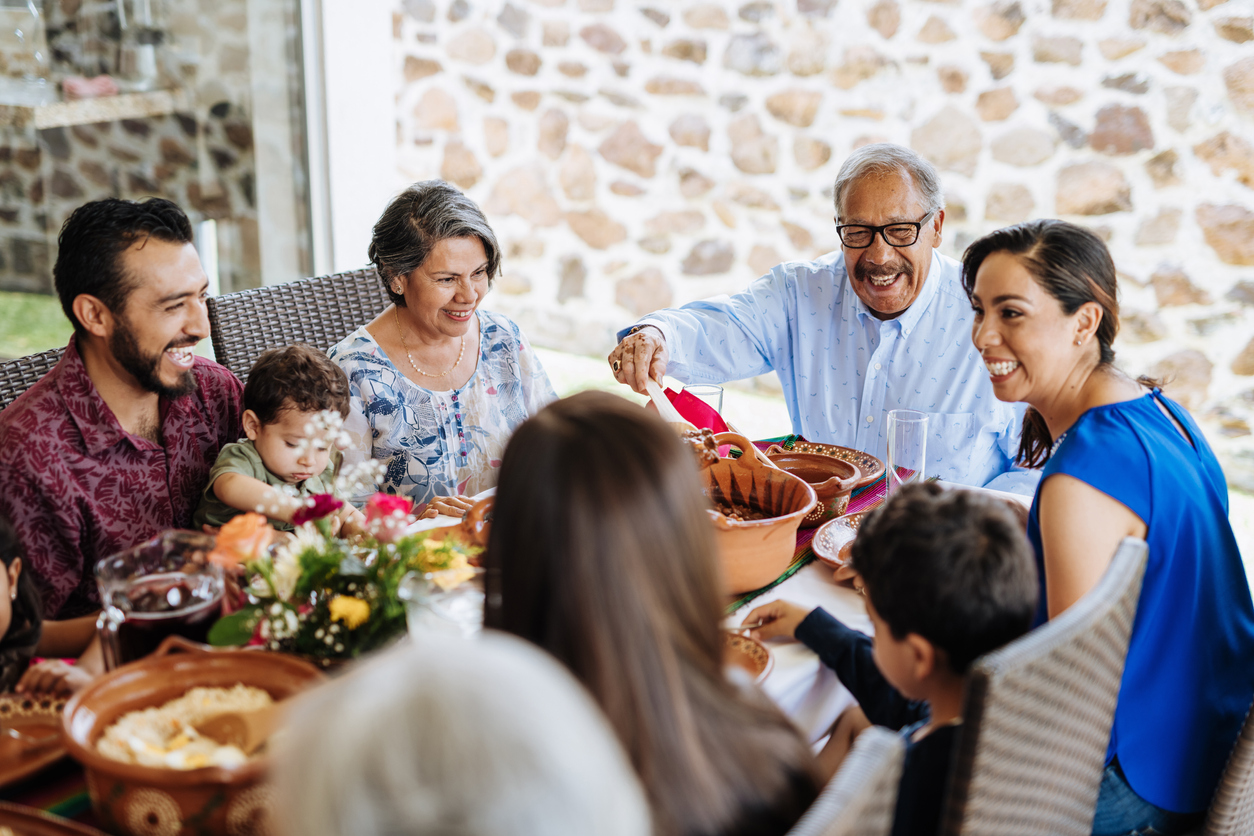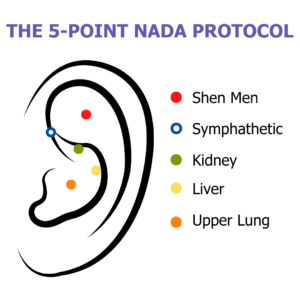
When it comes to higher education, online learning has been in the spotlight in the wake of the COVID-19 pandemic. Since the beginning of the pandemic in spring of 2020, online education has become an important way to deliver college classes while helping to keep students safe from the spread of disease. In fall 2020, over 14 million students in the U.S. were enrolled in online courses and programs, representing 74% of the total enrolled population (19 million).
But the history of online learning goes back a bit farther than that. In fact, students across the U.S. have been taking advantage of online degree programs to advance their careers, change jobs, and fulfill personal goals for over 30 years. Before the COVID-19 pandemic (2018-2019), most colleges (79%) offered either stand-alone distance education courses or 100% online degrees. In fall 2019, over 7.2 million students in the U.S. were enrolled in online courses and programs, representing 37% of the total enrolled population (19.6 million). With more than 35 years of experience in higher education leadership, Dr. Christina Sax, MUIH Provost and Vice President for Academic and Student Affairs, explains that there are many reasons for the popularity and effectiveness of this method of learning.
What are the benefits of online learning?
“Online programs provide learners with flexible and convenient options to pursue degrees fulfilling their career and personal goals. Many online programs use an asynchronous model, meaning students do not need to participate in class on a certain day and time which allows the student to plan participation and study time around their work, family, and other obligations, rather than the other way around,” says Sax. Students can work at their convenience, which makes balancing school and life possible. This flexibility and convenience are especially welcomed by individuals with busy schedules, including job commitments, job travel, responsibilities as a parent or care giver, and military and first responder service. Online learners can participate in their courses without missing in-person classes because of their schedules.
Online programs remove the barriers of distance and open new program possibilities that might have otherwise been inaccessible or highly inconvenient. Individuals who cannot relocate for education are no longer limited to the degrees offered by colleges and universities within commuting distance. Online education widens the degree fields and types available, including those in emerging and specialty fields that many universities do not offer. MUIH is one of the few universities in the U.S. to offer and focus solely on integrative health degrees and its online programs provide such expanded opportunities for prospective students.
Why is online learning strategic for career advancement?
The modern workplace and careers are rapidly evolving and becoming more specialized. It’s predicted that up to 85% of the jobs that today’s students will have in the future haven’t been invented yet and that American workers will hold an average of 12 jobs by the time they retire. That means that working professionals will need new knowledge, skills, and degrees on an ongoing basis to navigate these transitions. “Online learning holds the key to career advancement in this environment. Online learners can access new and emerging careers through unique and cutting-edge degrees as they arise across the country, regardless of where they live and their geographic distance from those new degree programs,” says Sax. In addition, online learners can engage with a broad range of professionals in their field of study, expanding their learning. Classmates from across the U.S. and other countries bring more professional experiences and real-world models from their sector than would be available in an in-person class.
How do online learning methods enhance the learning experience?
The time that students engage with one another and with their faculty in online classes is not restricted to specific times, in contrast to in-person class meeting times. As a result, the online format allows for more dynamic interactions and participation. There is ample time and space for all students to participate in group discussions, comment on the work of others, share their experiences, share additional resources, and ask questions. Sax explains, “Online learning gives students time to actively reflect and organize their thoughts before answering a question or commenting. Online learning provides students time to articulate responses with much more depth and forethought than in a traditional face-to-face discussion where they must analyze another student’s comment and quickly craft a response on the spot, or otherwise lose the chance to participate in the discussion.”
In addition, many online learners feel more comfortable sharing their thoughts on an online discussion board than sitting next to their classmates in an in-person course. This environment leads to higher-quality dialog and deeper learning. These robust and ongoing interactions and synergy are a unique hallmark of the value of online learning.
The online learning format also allows faculty to supplement learning in ways impossible in a traditional face-to-face setting. Notably, there is the opportunity to invite experts from across the U.S. and other countries to join the course for co-teaching and extended discussions. A range of technology tools lets students interact with the course material and study in ways that match their unique learning style, rather than a one-size-fits-all model of in-person lectures and textbook reading. Technology tools also let students co-create and publish knowledge and learning materials.
What are the benefits of online learning for creating multicultural settings and multicultural learning?
By eliminating geographic barriers, online learning brings together a more diverse group of learners than a traditional in-person class. The students in an online class have a greater range of perspectives and lived experiences influenced by factors such as geographic micro-cultures and the racial, ethnic, age, gender, and socio-economic demographic composition of the class members. This environment provides the opportunity to create a multi–cultural setting and foster multi–cultural learning. Students from very different backgrounds and perspectives get to know one another through discussion boards, collaborative projects and presentations, and study groups. “This, in turn allows students to develop greater cultural awareness, cultural understanding, cultural competence, and cultural responsiveness. At MUIH, the Cultural Responsiveness University Learning Outcome underpins all programs, regardless of their delivery format: graduates demonstrate knowledge, skills, and attitudes to respectfully collaborate with individuals and groups of diverse and intersectional lived experiences, backgrounds, and identities,” says Sax.
What should you look for when researching an online advanced degree program?
Focusing on key factors can help you select a quality online advanced degree program and fulfilling learning experience.
Accreditation: One of the most important factors is an institution’s accreditation status. Accreditation is a key quality indicator – it indicates that an institution maintains high educational standards and quality through continuous improvement. Accreditation by agencies recognized by the U.S. Department of Education is considered the highest level, and MUIH has earned such institutional and programmatic accreditations.
Online Expertise: Institutions that have been offering online programs for a long time have had the opportunity to optimize the online learning environment through continuous improvement and to hone their skills and expertise in designing, delivering, and supporting online courses and programs. MUIH has offered stand-alone online courses and fully online and hybrid programs since 2013.
Designed for Online Learning: To receive a high-quality online education, it’s important to look for a program intentionally designed for the online format rather than quickly converting in-person courses to remote delivery using live streaming. MUIH’s online courses are developed through a thoughtful formal online course development process involving a design team. Robust online courses are created in a structured learning management system, Canvas, with online learning modules, course materials, live and asynchronous learning opportunities, and tools for engaging with fellow students and faculty. MUIH’s online courses and programs are guided by the international standards of Quality Matters and UPCEA’s Hallmarks of Excellence in Online Leadership, and MUIH’s systematic diversity, equity, and inclusion (DEI) course review process.
Consistent Learning Outcomes: Sax says, “An important indicator of the credibility and integrity of an online program is that students receive the same content and degree, regardless of whether the program was taught online or in-person. Programs with the same learning outcomes regardless of the delivery format indicate that the university adheres to high academic standards and that online programs are academically rigorous – and this ensures that your online degree is seen as credible and valuable in a competitive job market.” All MUIH programs have a defined set of program and course learning outcomes that state what students will be able to do upon their completion. These are the same regardless of the delivery format of the courses; program outcomes are shown on each program’s webpage. In addition, MUIH has a set of University Learning Outcomes that apply to all programs. They articulate the common characteristics and essential learning outcomes that underlie all MUIH programs, and connect the curriculum to the skills and attributes employers seek after students’ graduation.
Qualified Faculty: A quality and rigorous online learning experience has qualified, experienced, and dedicated faculty at the center of students’ learning experience. This is very different from some models that rely on students’ self-learning through course materials. MUIH faculty are multi-talented and bring knowledge, skills, experiences, and perspectives to their teaching. They are experts in integrative health and active professionals themselves and blend their real-time workplace experience into classes. They are committed to excellence in teaching and engage in ongoing professional training and development. They are professional mentors to students who have a passion for students’ success – while enrolled and after graduation.
Student Support Services: It is important to find an online program that provides a full set of support services to meet students’ varied needs all online and without having to come to campus. MUIH provides all its student support services online, which are available to all students regardless of their program or location. This includes specialized support for new students, academic advising, academic success and tutoring support, counseling and wellness services, disability and accessibility services, career services (including for alumni), library services, financial aid, military support services, technology support, and community building activities.
Do you have what it takes? What are the top 3 important characteristics of a successful online learner?
Organized: Successful online learners are organized and prepared. They gather their course materials, look through their online classrooms, read the syllabus, know who their faculty are, and how to contact them for help before the course begins. They set up a learning environment that includes reliable access to a computer, a strong internet connection, and conditions that allow them to focus on their course. They take note of who they can go to for help – whether at the university or in their own lives – and they have that information ready. They have good time management skills and set up a comprehensive and detailed schedule. For their course, they schedule assignment due dates, sufficient time to read and study, watch course videos, participate in the online classroom, and work on assignments. Their schedule also includes designated times for work, family commitments, personal obligations, self-care, and downtime.
Self-Motivated: Successful online learners are self-motivated and self-directed. They have an intrinsic desire for deep learning and understanding. They recognize that in online classes, especially at the graduate level, faculty are more “guide on the side, rather than sage on the stage.” Faculty help learners discover and create knowledge and steer them towards approaches that help them do so, rather than being the primary deliverer of knowledge to students. Successful online learners accept greater responsibility for their learning. They take the initiative for their learning, conduct additional research as needed, and don’t wait for faculty to tell them what to learn and do. They take advantage of the many different resources and learning opportunities that faculty present to them. They evaluate, reflect on, and question the information they are learning. They think about how their broader and long-term goals are connected to what they are learning in their courses.
Engaged: Successful online learners are engaged and actively participate in their courses. They immerse themselves in their course learning. They build relationships with other students and faculty by introducing themselves and participating in online discussion boards and study groups. They ask and answer other students and faculty questions to enhance their learning and build bonds; they request clarification or guidance to avoid confusion. They are proactive in asking for help and reach out to others as soon as they experience challenges. They don’t hesitate to ask faculty for extra help if they have problems learning the material or fall behind in their assignments. They take advantage of all the learning opportunities that faculty provides and all the support services that the university provides.
Maryland University of Integrative Health provides flexible and convenient online programs to pursue integrative health degrees and careers. Online degree quality is ensured through accreditation and rigorous academic standards, intentional design for the online environment using international standards, and faculty excellence in their field and in teaching. Online courses are student-centered and supported through a full range of online student services. Online learners engage with diverse perspectives and lived experiences, and can enhance their cultural awareness, understanding, competency, and responsiveness.









